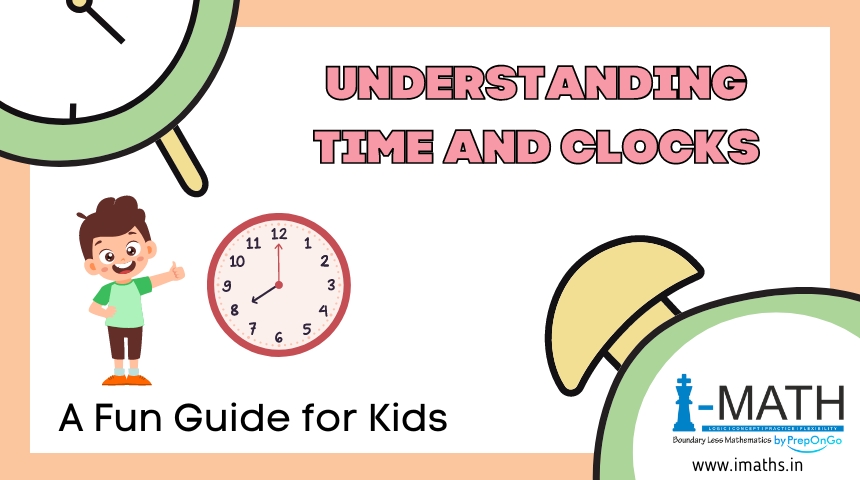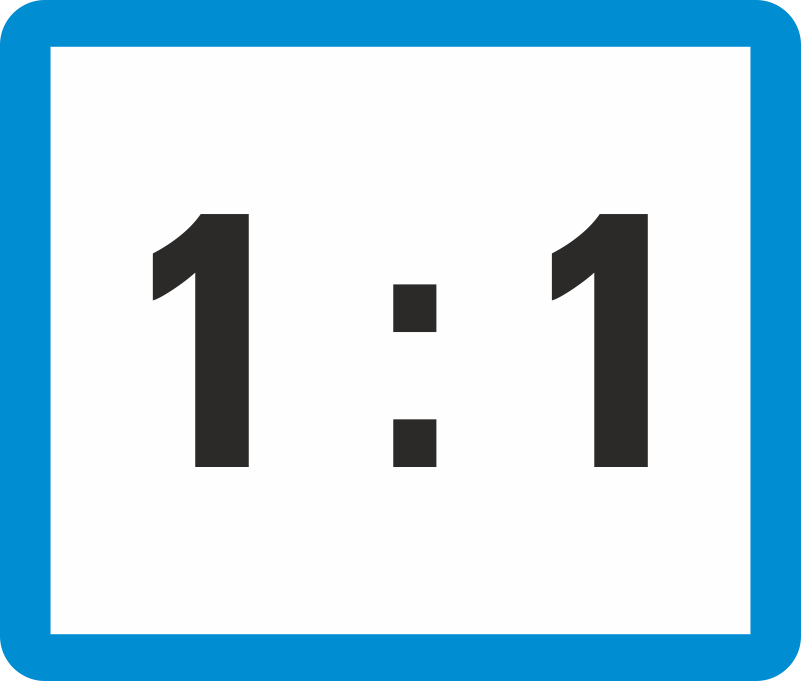Understanding Time and Clocks: A Fun Guide for Kids

Learning to tell time is a vital skill for children, helping them understand daily routines and manage their time effectively. Teaching kids about time and clocks can be a fun and engaging process. In this blog, we’ll explore various methods to make learning about time enjoyable, ensuring kids grasp the concept with ease.
Why Understanding Time and Clocks is Important
Focus Keyword: Understanding Time and Clocks
Understanding time and clocks is essential for children as it helps them follow schedules, develop a sense of order, and become more independent. By mastering this skill, kids can better understand the world around them and how their day is structured.
Fun Activities to Teach Time and Clocks
Here are some creative and engaging activities to help children understand time and clocks:
1. Interactive Clock Games
Use interactive clock games available online or as mobile apps. These games often include moving clock hands and matching digital times, making learning fun and interactive.
2. Make Your Own Clock
Crafting a clock is a great hands-on activity. You can create a clock using paper plates, markers, and a brad fastener for the clock hands. This helps kids visualize the clock and understand the movement of the hour and minute hands.
3. Daily Routine Chart
Create a daily routine chart with your child. Assign specific times to different activities, such as breakfast at 8:00 AM, school at 9:00 AM, and bedtime at 8:00 PM. Use this chart to discuss the times and what each part of the day looks like.
4. Story Time with Clocks
Read books that focus on telling time. Stories with clocks and time-related plots help children see the practical use of telling time in everyday life.
5. Time Puzzles
Use time puzzles to help kids learn to match digital times with analog clock faces. These puzzles can be purchased or homemade and provide a fun way to practice telling time.
Tips for Successful Learning
- Start with the Basics Begin by teaching your child to recognize the hour and minute hands and understand their functions. Explain how the hour hand moves from one number to the next and how the minute hand counts by fives.
- Use Real-Life Examples Relate time-telling to your child’s daily activities. For instance, say, “It’s 7:00 PM, time for dinner,” or “It’s 3:30 PM, time for your favorite show.”
- Practice Regularly Consistent practice is key. Regularly ask your child to tell the time throughout the day, using both digital and analog clocks.
- Be Patient and Encouraging Learning to tell time can be challenging. Be patient and offer lots of encouragement and praise as your child makes progress.
- Use Visual Aids Visual aids like colorful clocks, posters with time-related terms, and instructional videos can make learning more engaging and easier to understand.
Benefits of Understanding Time and Clocks
By teaching children to understand time and clocks, you help them develop:
- Time Management Skills: Ability to plan and organize their activities.
- Mathematical Skills: Understanding numbers, counting by fives, and basic addition.
- Independence: Ability to follow schedules and manage their own time.
- Responsibility: Knowing the importance of punctuality and routine.
Conclusion
Teaching children to understand time and clocks can be a rewarding experience. With engaging activities and consistent practice, kids can master this essential skill and apply it to their daily lives. By focusing on understanding time and clocks, you help your child develop crucial life skills that will benefit them throughout their lives.
Make learning time fun and interactive, and watch as your child becomes confident in telling time and managing their daily routines.




